
Magical standing stones of Carnac, Brittany The Good Life France
Standing stones from Ménec at Carnac. Sites are divided into three fields of menhirs. The site of Ménec is located on the West of Carnac. It is the starting point of sites, where is the "Maison des Mégalithes", reception and information centre of the megalithic sites. This group is constituted of 1050 stones lined up on 11 queues.

Carnac's Mysterious Standing Stones Out of Town Blog
Carnac, located on the north-west coast of France, is the site of the largest concentration of megalithic monuments in the world. Over 100 monuments, which include burial mounds, stone tombs, enclosures, and linear arrangements of menhirs, were erected between the 5th and 3rd millennia BCE by the Neolithic farming communities which inhabited the area of Carnac.
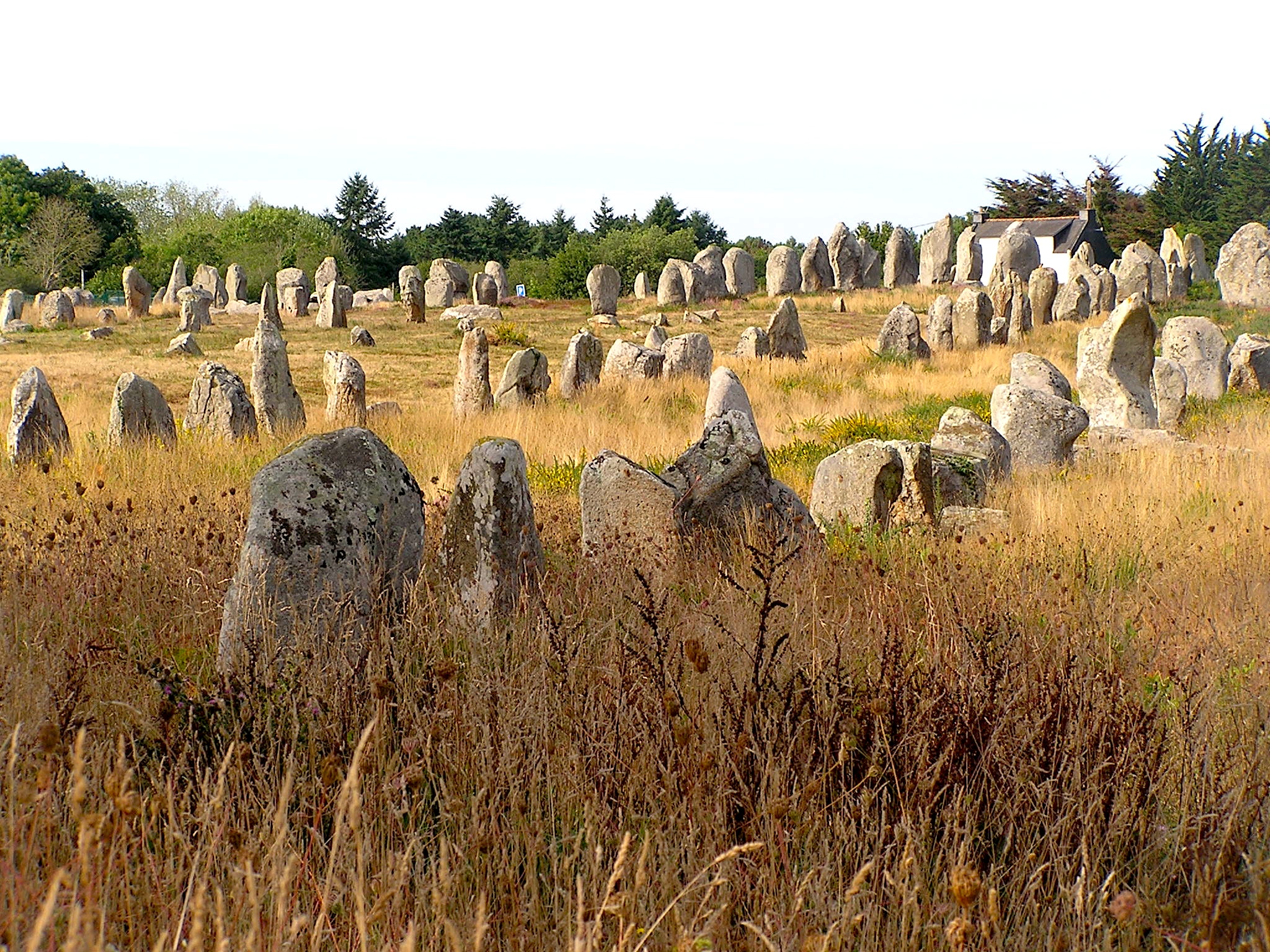
Carnac Stone Rows, Brittany, France Neolithic Studies
The site consists of more than 3,000 prehistoric standing stones, which were cut from local rock and erected by the pre-Celtic people of Brittany. This is the largest such collection of stones in the world. The stones were erected c3300 BC- 4500 BC. Carnac Stones Watch on

megalithic standing stones at Carnac, Brittany, France Stock Photo Alamy
The Carnac standing stones are accessible for visits from October to March. Some areas may be closed to visitors if the protection or maintenance of the sites so requires. In order to preserve this heritage, from April to September, visits can be made only on a guided tour. Tours are organised by the Centre des Monuments Nationaux.

Carnac's Mysterious Standing Stones Out of Town Blog
The Carnac Stones in France are the largest collection of standing stones in the world, but there is also no real explanation for their purpose. The Carnac Stones in France are unlike any other megalithic structures that you've seen or read about in Europe.
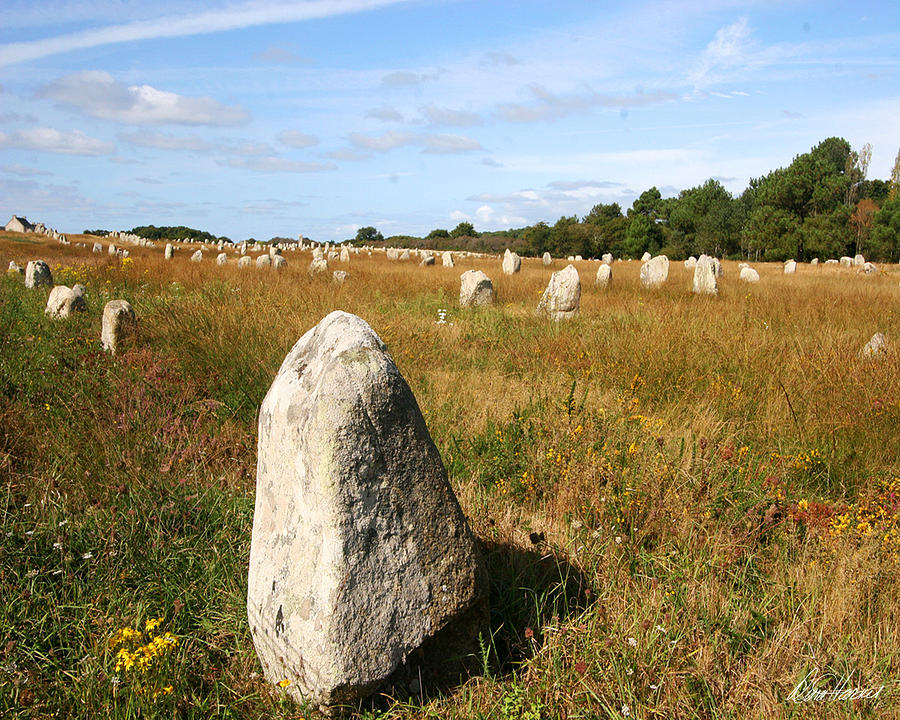
Carnac Standing Stones Photograph by Diana Haronis Fine Art America
With its rows of standing stones, Carnac, on the south coast of Brittany, has long fascinated man. Along the northern side of the town, around three thousand standing stones, called menhirs in French, stretch in alignments for several kilometres.
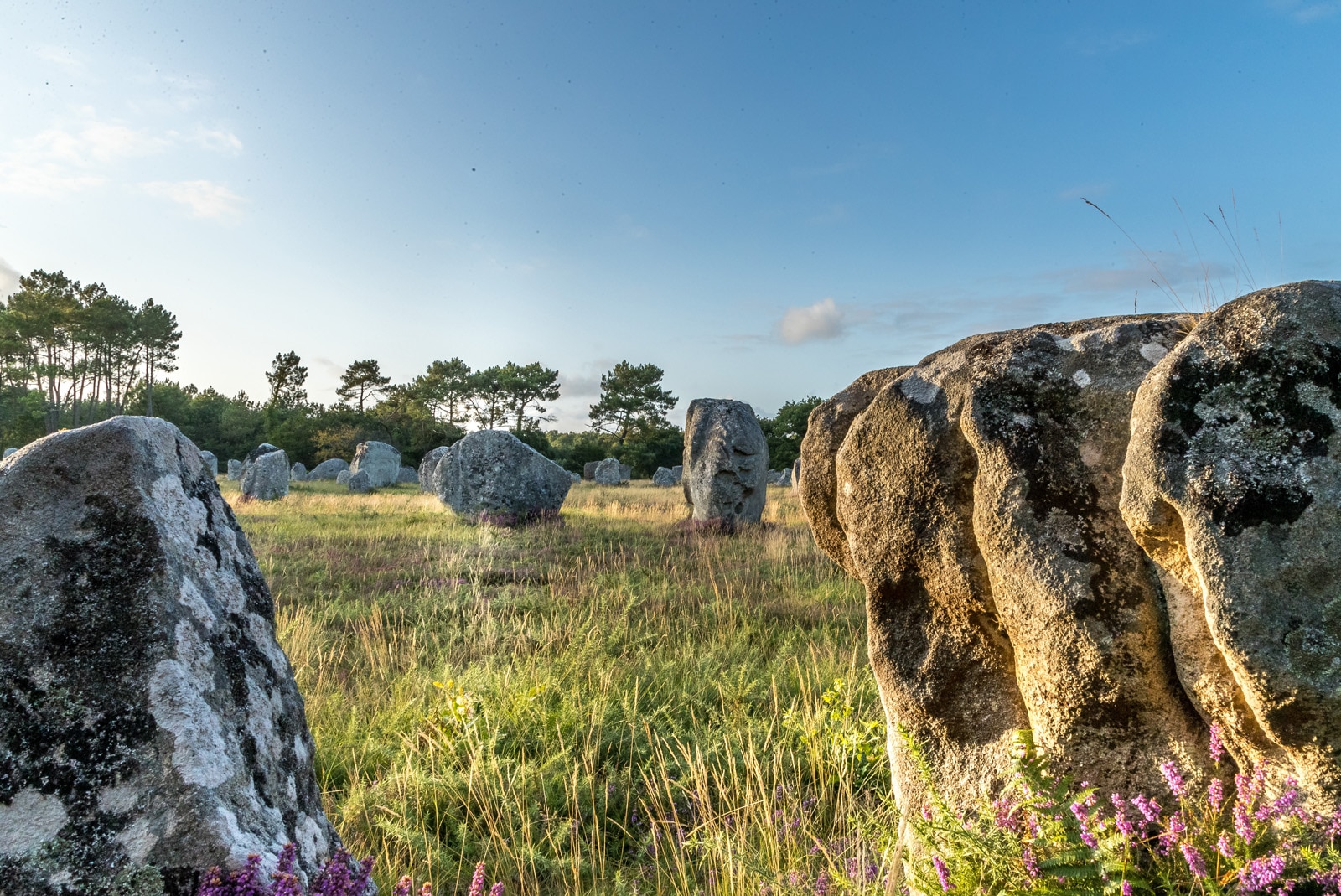
The Kerlescan standing stones at Carnac OT Carnac
Clusters of standing stones can be found all over this corner of France, but the most dramatic are the megalithic alignments at Carnac, on the Gulf of Morbihan. Perched on the cliffs of Brittany, facing the open Atlantic, lies Carnac.
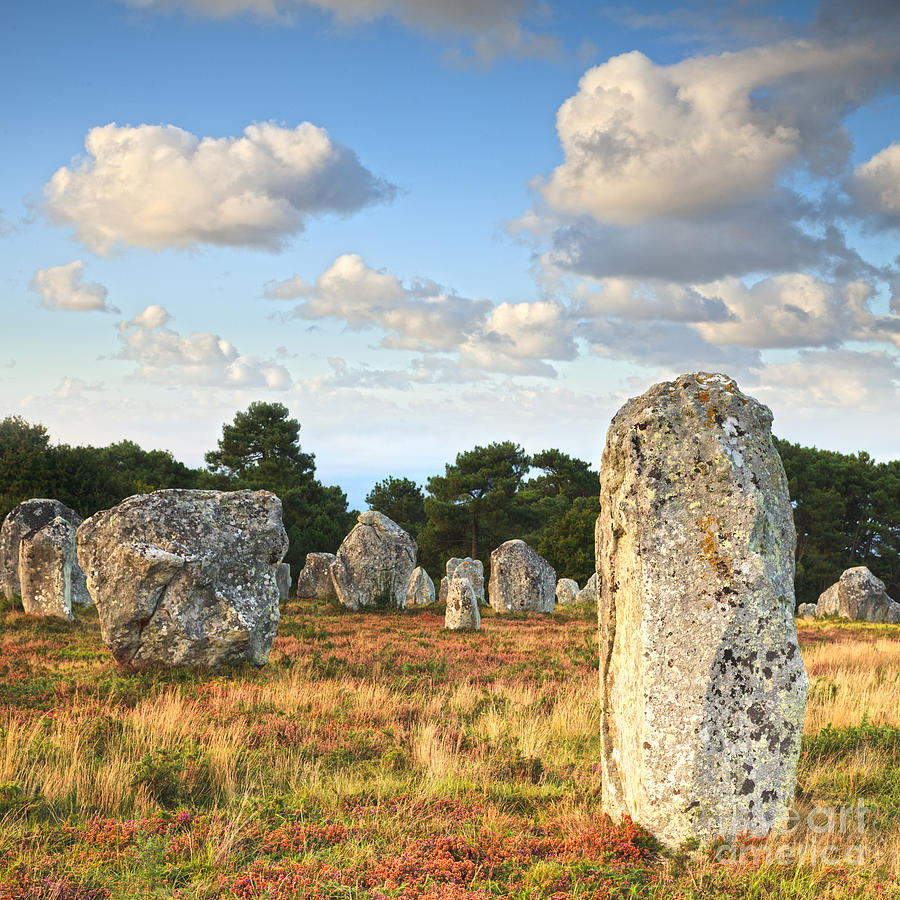
Standing Stones Carnac Brittany Photograph by Colin and Linda McKie
What Are The Carnac Standing Stones? The Carnac Stones in France are a megalithic complex consisting of 3,000 standing stones spread over 100 acres that stretches 2.5 miles wide. According to archaeologists, the stones are from the Neolithic Period and have been in place since 3500 BCE.

Megalithic alignments of rows of standing stones, Carnac, Brittany
Carnac. The small town of Carnac in southern Brittany is world-famous for the long rows of standing stones stretching over a mile or so in a north-easterly direction to the north of the town. Much plundered in centuries past for stone and generally getting in the way of earlier generations, these fabulous relics gained greater respect over the.
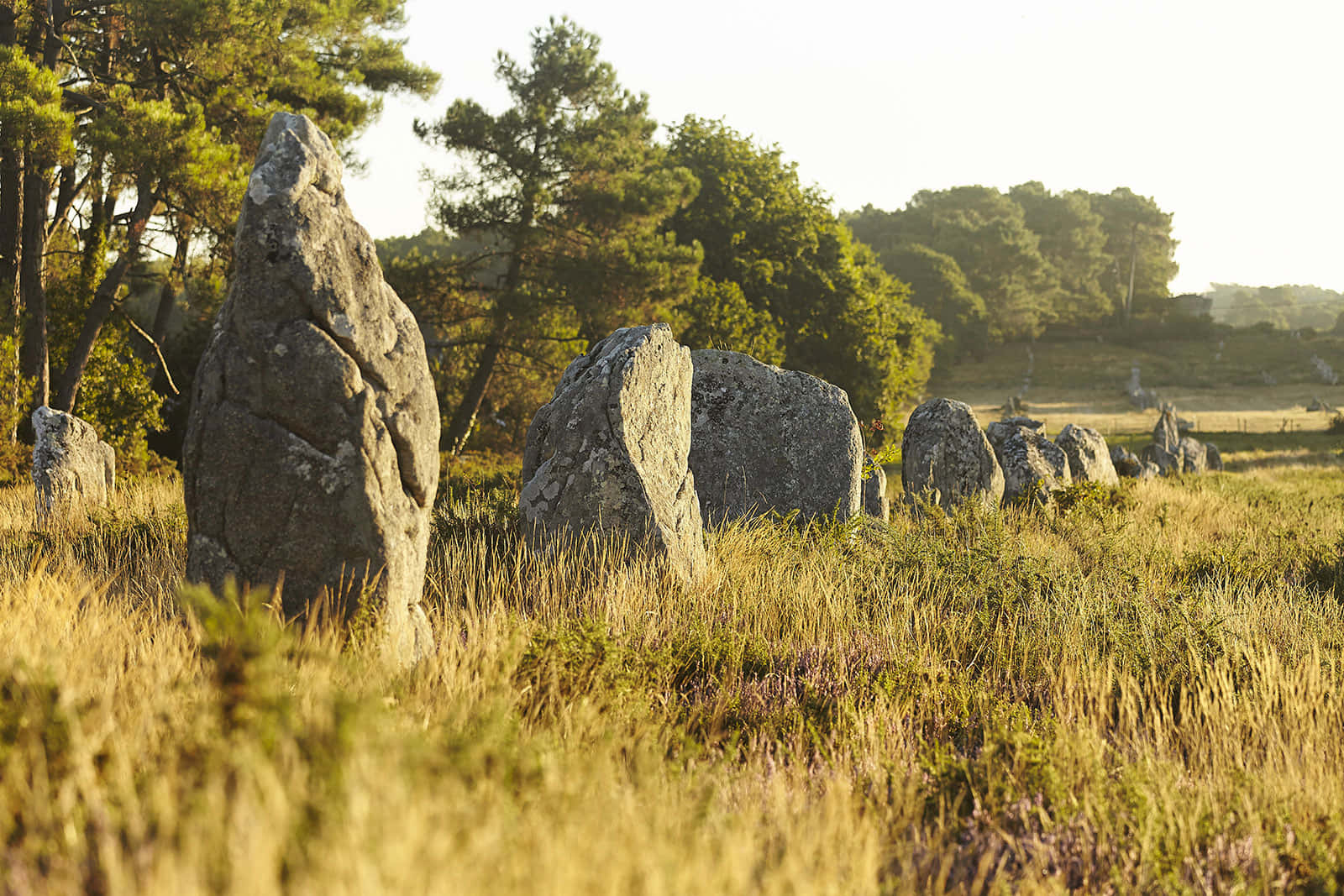
Download Spectacular Carnac Standing Stones Historical Site Wallpaper
The different series of stone alignments to the north of Carnac are made up of over 3,000 individual standing stones - they are the largest concentration of megaliths in the World. Thought to have been erected between 7,000 and 4,000 years ago, the lines of standing stones cover a distance of about four kilometres in total.

Standing Stones At Carnac In France Royalty Free Stock Images Image
The Carnac stones ( Breton: Steudadoù Karnag) are an exceptionally dense collection of megalithic sites near the south coast of Brittany in northwestern France, consisting of stone alignments (rows), dolmens (stone tombs), tumuli (burial mounds) and single menhirs (standing stones).
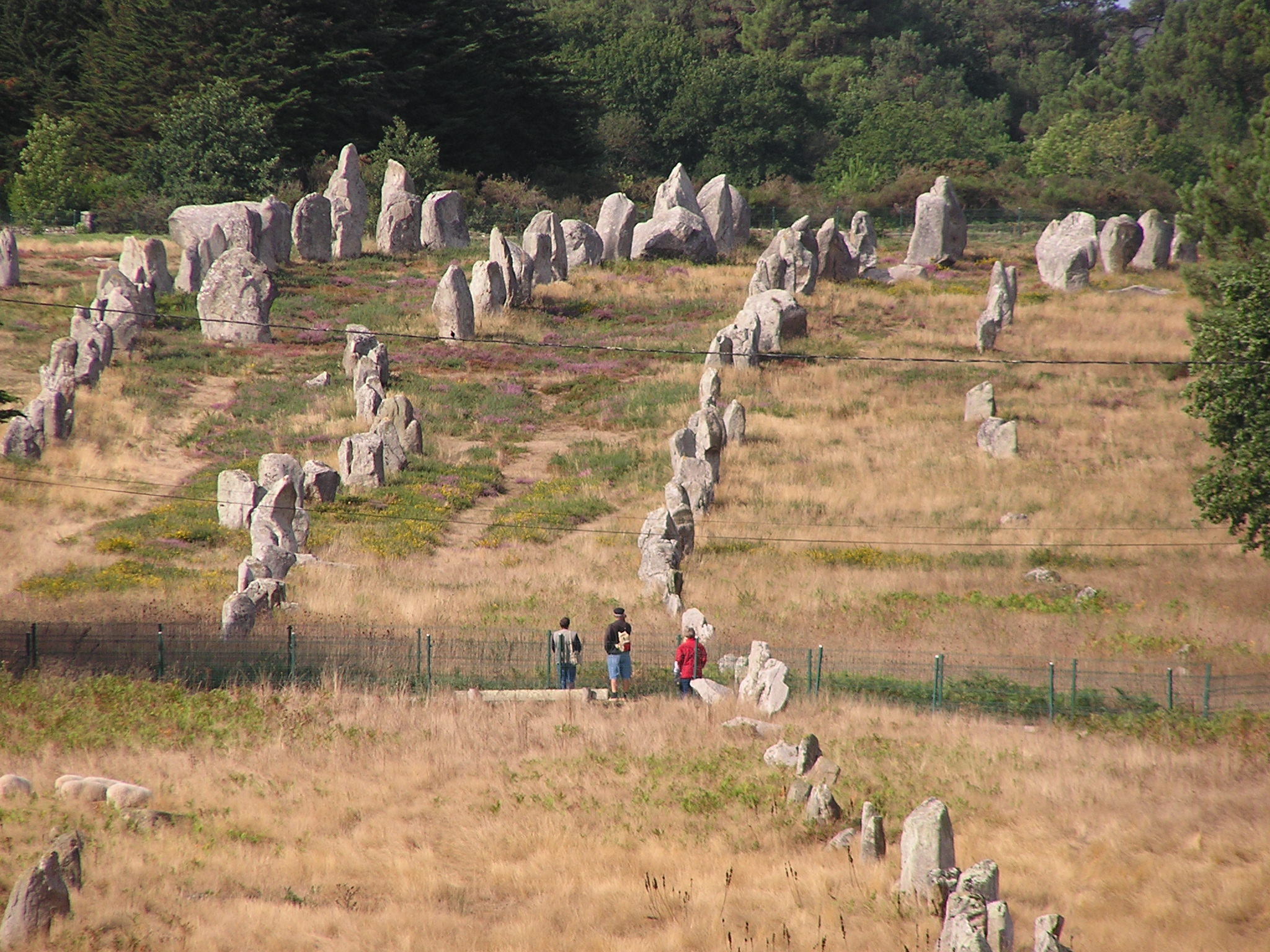
Carnac Stone Rows, Brittany, France Neolithic Studies
Carnac is famous as the site of more than 10,000 Neolithic standing stones, also known as menhirs. The stones were hewn from local rock and erected by the pre-Celtic people of Brittany. Local tradition claims that the reason they stand in such perfectly straight lines is that they are a Roman legion turned to stone by Pope Cornelius. [3]
Carnac standing stones, Brittany, France travel
Carnac Stones boast a phenomenal 3,000 or more prehistoric standing stones; these were hewn from granite in prehistoric times. They date from the Neolithic period at around 3,300 BC - some of which may even stretch back to around 4,500 BC. Features found at Carnac Stones site. Stone Alignments: Rows Dolmens: Stone Tombs - Some Predate the Menhirs

France's Stonehenge The Carnac Stones and Other Megalithic Sites
The Carnac Alignments are made up of several distinct sections of standing stones, now divided by land, trees or roads - although there are theories they were once unbroken. The most famous.

Pin on Been
The stones are located just off the D196, a kilometre north of Carnac-Ville. Carnac itself is about 30 minutes from the city of Vannes. Public transport is scarce - you're best off walking up there from Carnac-Ville. There's ample parking on site. The Carnac Stones in Brittany, France, are a collection of over 3000 standing stones erected.

Standing stones at Carnac, in Brittany, France Stock Photo Alamy
There are over 2,800 standing stones lined up as far as the eye can see, spanning four kilometres across and 40 hectares in total. The tallest standing stone is four metres high. By way of comparison, Stonehenge has 83 rocks or lumps of stone visible today, many having been damaged over the years.